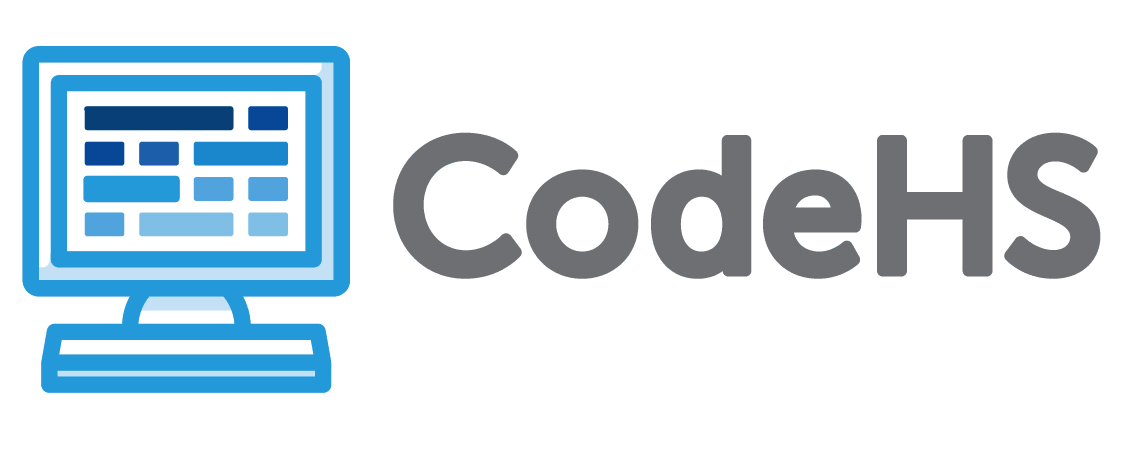| 6-8.DI.1 |
Decompose (i.e., break down) problems into smaller, more manageable subsets by applying the algorithmic problem solving steps to make the possible solutions easier to follow, test, and debug. |
Lessons
|
| 6-8.DI.2 |
Collect data using computational tools (e.g. sensors, inputs like microphones) and transform the data to make it more useful and reliable. |
Lessons
|
| 6-8.DI.3 |
Describe that data can be represented in multiple encoding schemes such as binary, RGB values (e.g., red, green, and blue intensity), and hexadecimal codes. |
Lessons
|
| 6-8.DI.4 |
Create visuals such as flowcharts, diagrams, and pseudocode to represent complex problems as algorithms. |
Lessons
|
| 6-8.CD.1 |
Design projects that combine hardware and software components to collect and exchange data. |
Lessons
|
| 6-8.CD.2 |
Systematically identify and fix problems (i.e. troubleshoot) with computing devices and their components (e.g. checklist, decision tree, flowchart). |
Lessons
|
| 6-8.CD.3 |
Recommend improvements to the design of computing devices, based on analysis of how users interact with the devices. |
Lessons
|
| 6-8.CD.4 |
Describe what distinguishes humans from machines focusing on ways we can communicate, as well as ways in which computers use models of intelligent behavior (e.g., robot motion, speech and language understanding, and computer vision). |
Lessons
|
| 6-8.PA.1 |
Design and iteratively develop programs that combine the following: sequencing, looping (including nested loops), conditionals (including compound conditionals), expressions, variables, functions, and parameters. |
Lessons
|
| 6-8.PA.2 |
Systematically test and refine programs using a range of test cases. |
Lessons
|
| 6-8.PA.3 |
Incorporate existing code, media, and libraries into original programs and give attribution. |
Lessons
|
| 6-8.PA.4 |
Document programs in order to make them easier to follow, test, and debug. |
Lessons
|
| 6-8.NI.1 |
Explain how physical and cybersecurity measures protect electronic information. |
Lessons
|
| 6-8.NI.2 |
Model the role of protocols in transmitting data across networks and the internet. |
Lessons
|
| 6-8.NI.3 |
Apply multiple methods of encryption to model the secure transmission of information. |
Lessons
|
| 6-8.IC.1 |
Exhibit legal and ethical behaviors when using technology and information and discuss the consequences of misuse. |
Lessons
|
| 6-8.IC.2 |
Discuss issues of bias and accessibility in the design of existing technologies. |
Lessons
|
| 6-8.IC.3 |
Collaborate with many contributors through strategies such as crowdsourcing or surveys when creating a computational artifact. |
Lessons
|
| 6-8.IC.4 |
Describe tradeoffs between allowing information to be public and keeping information private and secure. |
Lessons
|
| 6-8.IC.5 |
Discuss how unequal distribution and participation in technology and computer science disadvantages marginalized populations. |
Lessons
|

